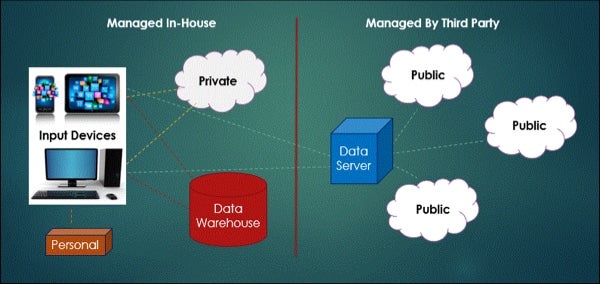Refinements to the production process are essential to managing and reducing the 8 wastes analyzed by the Lean method. Manage improve and smooth the process flow.
 Principles Of Lean And Six Sigma Applied For Business Process Download Scientific Diagram
Principles Of Lean And Six Sigma Applied For Business Process Download Scientific Diagram
Make your processes flow smoothly.

Six sigma principles. Six Sigma quality is. Six Sigma doesnt have the same type of tools as many other systems around today. Six Sigma is ---Six Sigma is shorthand for a discipline that allows any business to design improve and manage its processes so that they perform at their highest possible levels.
Six Sigma success is based on five key principles. Understand how work really happens. The discipline known as Lean Six Sigma LSS blends these two approaches.
Focus on the customer. Six Sigma can therefore be also thought of as a goal where processes not only encounter less defects but do so consistently low variability. A business needs to measure quality in a.
Success of Six Sigma implementation is based upon five main principles. Hence a business must understand the needs of their customers Types of Customers Customers play a significant role in any business. Every customer defines quality differently.
This is because it is a process improvement strategy so the necessary resources will vary significantly based on the process that is being looked at. High levels of performance mean high volume fast turnaround times very few errors or. The goal of Six Sigma is to reduce variation for optimal quality control.
There are 5 key principles of Six Sigma. Six Sigma is a popular method that works on sets of principles that guide the business to identify and correct a defect in their processes from manufacturing to purchases and now spread across services and retail as well. Principles of Six Sigma.
Identify and understand how the work gets done the value stream. Failing to deliver what the customer wants. Six Sigma is named after a statistical concept where a process only produces 34 defects per million opportunities DPMO.
Remove Non-Value-Added steps and waste. Always focus on the customer. Six Sigma at GE Key Concepts of Six Sigma Designing to meet customer needs and process capability Design for Six Sigma.
Six Sigma Principles. The core Six Sigma principles. Using extensive measurement and statistical analysis to understand how work gets done and to identify the root cause of problems variations Being proactive in eliminating variation and continually improving the process.
Concepts of Lean Six Sigma. Improve what the customer sees and feels Stable Operations. Six Sigma is the project management methodology that uses the 7 principles and phases namely the DMAIC Principles Define Measure Analyze Improve and Control for existing processes and Define Measure Analyze Design and Verify - DMADV for the new processes to reduce the defects in the products or services and reduce the variance in the.
In a nutshell here are the key principles of Lean Six Sigma Business Transformation to bear in mind. Focusing on customer requirements. Basically Six Sigma reduces variation so products or services can be delivered as.
The main objective is to maximize the benefits for customers. Six Sigma is a method that provides organizations tools to improve the capability of their business processes. The 7 key Six Sigma principles well cover are.
There are five main principles of Six Sigma. Reduce waste and concentrate on value. The initial phase in Six Sigma process is defining the quality from the point of customers.
It is a continuous methodology that keeps the quality of products and services offered to customers in check. The primary aim of the Lean method is to reduce waste. Well investigate the key Six Sigma principles which can shape and direct process improvement in your business.
This increase in performance and decrease in process variation helps lead to defect reduction and improvement in profits employee morale and quality of products or services. What the customer sees and feels Process Capability. Concentrating on customer requirements Using accurate measurements to do error-less statistical analysis to understand improvement opportunities for building a solution for identification of root cause of problems variations.
Focus on Customer Requirements. Five Key Six Sigma Principles.





